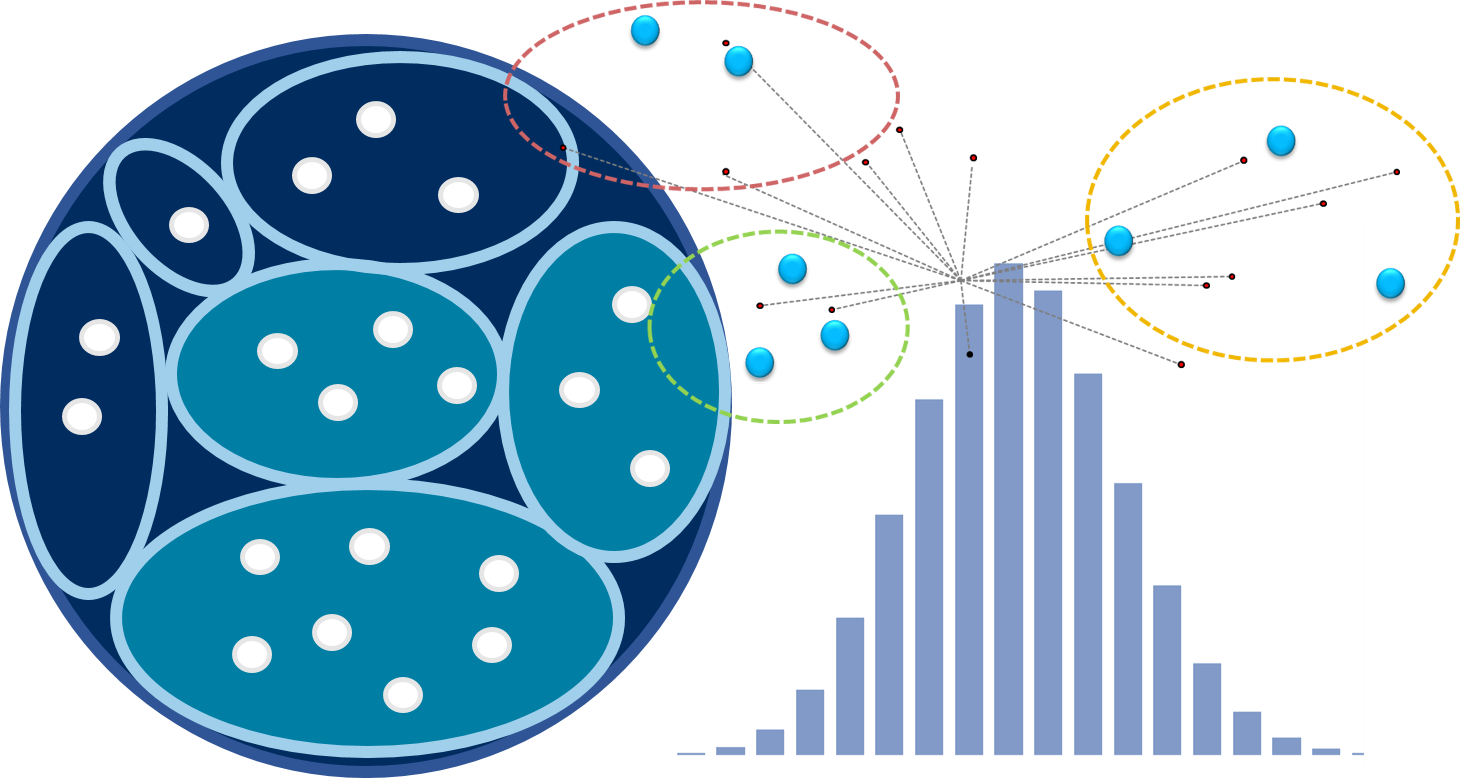
Exhibit 34.1 Statistics provide the frameworks for quantitative studies in
marketing analytics and research.
Statistics provide the frameworks for quantitative studies in marketing
analytics and research. They are the guard rails that reveal the significance and accuracy
of the results.
Statistical techniques enable the application of various methods (Exhibit
34.1) such as perceptual maps, cluster analysis, factor analysis, regression, and
market response models. These techniques facilitate in-depth analysis and provide visual
representations of the data.
This chapter reviews the statistical techniques and frameworks that are
relevant to the research and analytics methods in marketing, including probability theory,
Bayes theorem, discrete and continuous data distributions, hypothesis testing, ANOVA,
correlation, regression, and factor analysis.
Other chapters in this text also delve into statistical techniques within
specific contexts. For instance, Chapter 3, Segmentation (Volume I), discusses
cluster analysis in the context of segmentation, Chapter 10, Product Design (Volume II), explores
conjoint analysis, Chapter 16, Price (Volume II), covers
discrete choice models, Chapter 34, Sampling, focuses on
sampling methods and statistics, and Chapter 35, Marketing Mix Modelling, discusses
marketing response models.